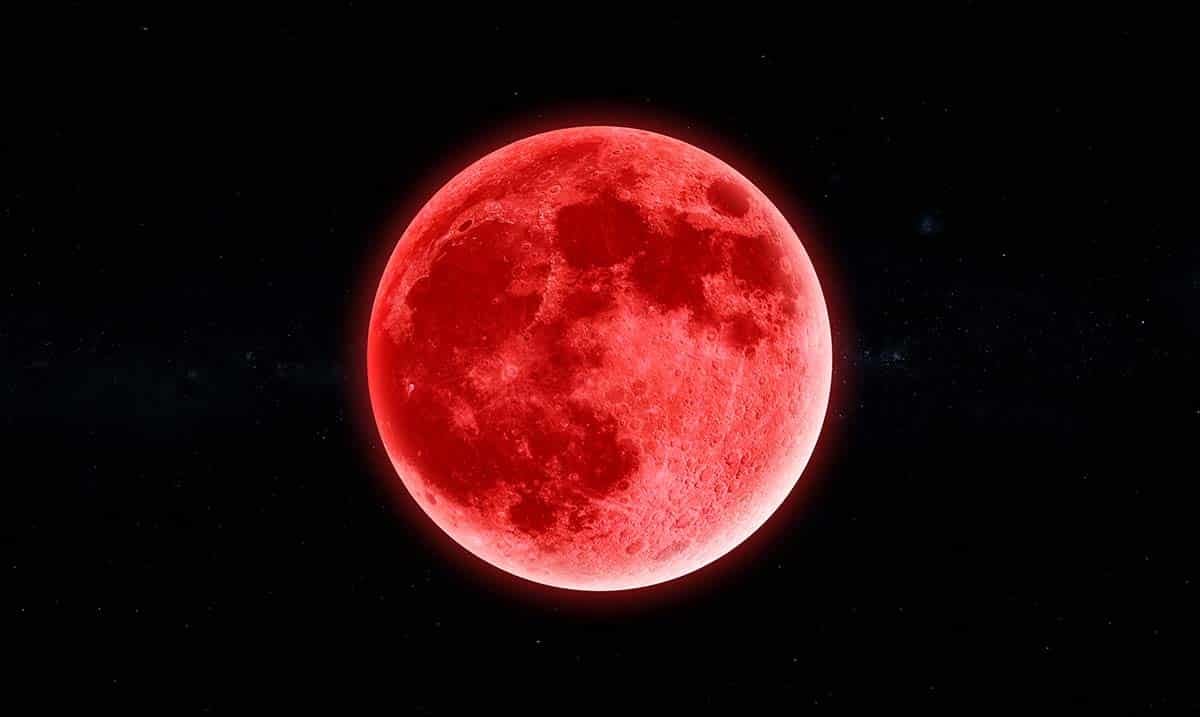On the night of September 7–8, Earth will align directly between the sun and the full moon, producing the year’s second and final total lunar eclipse.
Duration and Phases of the Eclipse
The entire eclipse will last for just over five hours. The highlight will be an 82-minute phase of totality, during which the moon will be completely immersed in Earth’s umbra — the innermost and darkest part of its shadow. At this stage, the moon’s surface will appear dramatically altered, glowing a deep red hue due to the scattering of sunlight through Earth’s atmosphere.
Visibility Across the Globe
Unlike the total lunar eclipse of March 13–14 earlier this year, this event will not be visible from the Americas. The eclipse begins at 11:28 a.m. EDT (15:28 UTC), by which time the moon will have already set across North and South America, leaving most of the Western Hemisphere unable to observe it directly.
The regions with the best visibility include Asia and Western Australia, where over 6 billion people — about 77% of the global population — will have the opportunity to view the entire total eclipse from start to finish. Observers in Europe and Africa will witness portions of totality, which concludes worldwide at 20:55 UTC, followed by the moon’s gradual exit from Earth’s shadow.
Livestream Access for North America
Although direct observation will not be possible for most of North America, skywatchers can still experience the event virtually. The Virtual Telescope Project in Italy will provide a free livestream beginning at 1:45 p.m. EDT (17:45 UTC) on September 7. In Italy, the moon will rise already partially eclipsed, reaching full totality roughly 45 minutes after moonrise.
Why the Moon Turns Red
Total lunar eclipses always occur at the time of a full moon, when the sun, Earth, and moon align in syzygy (a straight-line configuration). As the moon enters Earth’s umbra, direct sunlight is blocked. However, Earth’s atmosphere refracts sunlight, bending it into the shadowed region.
Through Rayleigh scattering — the same process responsible for blue skies and red sunsets — shorter wavelengths of visible light (such as blue and violet) are scattered in all directions by atmospheric particles. Longer wavelengths, particularly red and orange, pass through Earth’s atmosphere more efficiently. These refracted wavelengths illuminate the lunar surface during totality, producing the characteristic “blood moon” effect.
The precise shade of red depends on atmospheric conditions. For example, volcanic eruptions, dust, or pollution can deepen the color, while clear atmospheric conditions may produce a brighter, copper-colored moon.
The Upcoming Solar Eclipse
In keeping with celestial mechanics, a solar eclipse always follows or precedes a lunar eclipse within about two weeks. On September 21, a partial solar eclipse will be visible in parts of the Southern Hemisphere.
-
New Zealand, Australia, and Antarctica will see the most significant coverage, with up to 80% of the solar disk obscured by the moon at maximum.
-
Pacific island nations, including Fiji, Tonga, and Samoa, will experience a smaller eclipse, with less than 30% coverage of the solar disk.
Scientific Significance
Lunar eclipses provide valuable opportunities for scientists. By analyzing the spectrum of sunlight refracted through Earth’s atmosphere onto the lunar surface, researchers can study the composition and density of Earth’s atmosphere, including aerosols and trace gases. In effect, the moon acts as a giant projection screen for Earth’s atmospheric fingerprint.
If you want over 200+ ideas, phrases, and text messages to drive your man wild with desire for you, make sure to check out my new program, Language of Desire. I give you step-by-step instructions and tons of exact words to use to get exactly what you both want in and out of the bedroom.
P.S. The reason so many men “pull away” from women is because
women don’t understand this naughty secret about men. . .


